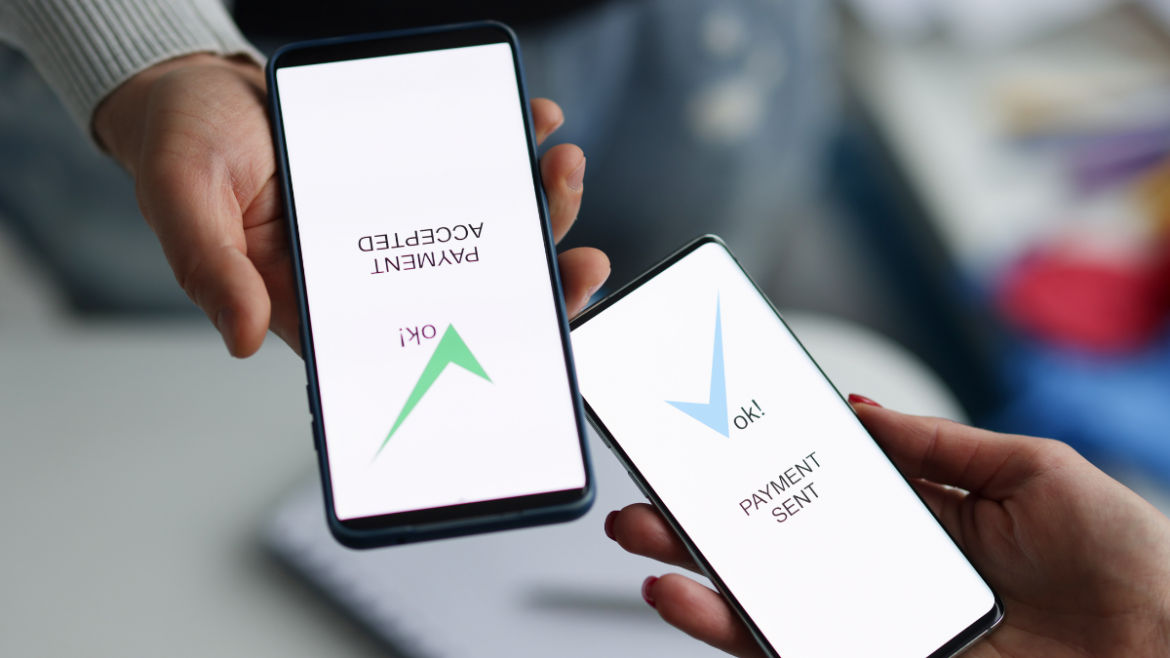In this increasingly digital landscape, more and more consumers seek fast and simple ways to pay for goods and services. As a result, P2P services like Venmo and PayPal are thriving. A recent Lending Tree study found that 84% of consumers have used a P2P service at least once, and 44% of consumers use it on a weekly basis.
A few years ago, a new P2P option entered the scene: Mastercard Send. Read on for more information on how Mastercard Send works and why it makes sense to use it.
What Is Mastercard Send?
Mastercard Send is a global payment platform that allows senders to “push” money to bank accounts, prepaid debit cards, mobile wallets, and targeted cash-out locations. All a sender needs to initiate a Send transaction is the recipient’s debit card number. The Mastercard Send program enables secure transfers through the following three mechanisms:
Disbursements: Business, government, and non-profit payments to cardholders
Domestic P2P: In-country payments between two consumers
Cross-border P2P: Cross-border payments between two consumers
How Does Mastercard Send Work?
Unlike most P2P platforms, Mastercard Send uses debit networks to send payments, resulting in near-instantaneous transactions. Each transaction involves three distinct steps:
- The sender obtains the recipient’s debit card number and initiates the transaction.
- The sender temporarily places the funds in their bank’s settlement account. The bank then sends the transaction details to Mastercard, and Mastercard forwards them to the right debit network.
- The funds are deposited into the recipient’s bank account. Depending on the transaction type, the recipient may have the option of receiving a bank deposit, mobile wallet payout, card credit, or cash pickup at a storefront.
Since Mastercard Send is a payment management service, it doesn’t charge a fee for this service. Instead, the fees are charged by the business or organization the participating parties work with. Many services, such as Google Pay, don’t charge merchants for accepting Mastercard Send as a payment option.
Pros and Cons of Mastercard Send
Beyond the speed and security of transitions, Mastercard Send also offers flexible delivery options. These include peer-based payments, merchant money transfers, and other applicable transactions. Mastercard Send is also available to all debit card accounts, including those linked to other card brands, such as Visa and Discover.
The obvious drawback of this service is that all P2P payments and disbursements are limited to debit card accounts. There’s also no central source to find information about fees, rates, and other transaction details. Finally, if there’s an issue with your transaction, you can’t contact Mastercard directly. Instead, you’ll have to go through your bank.

